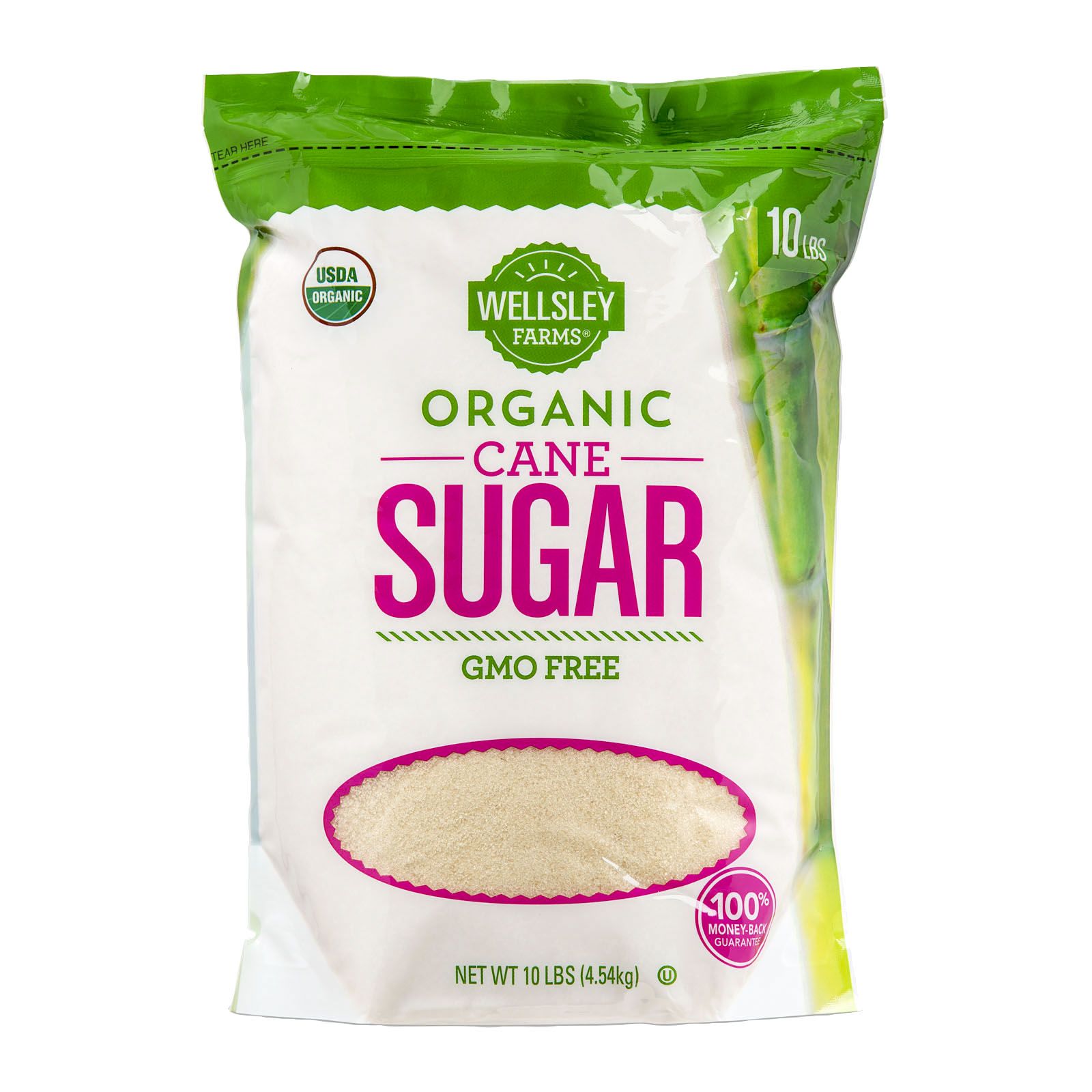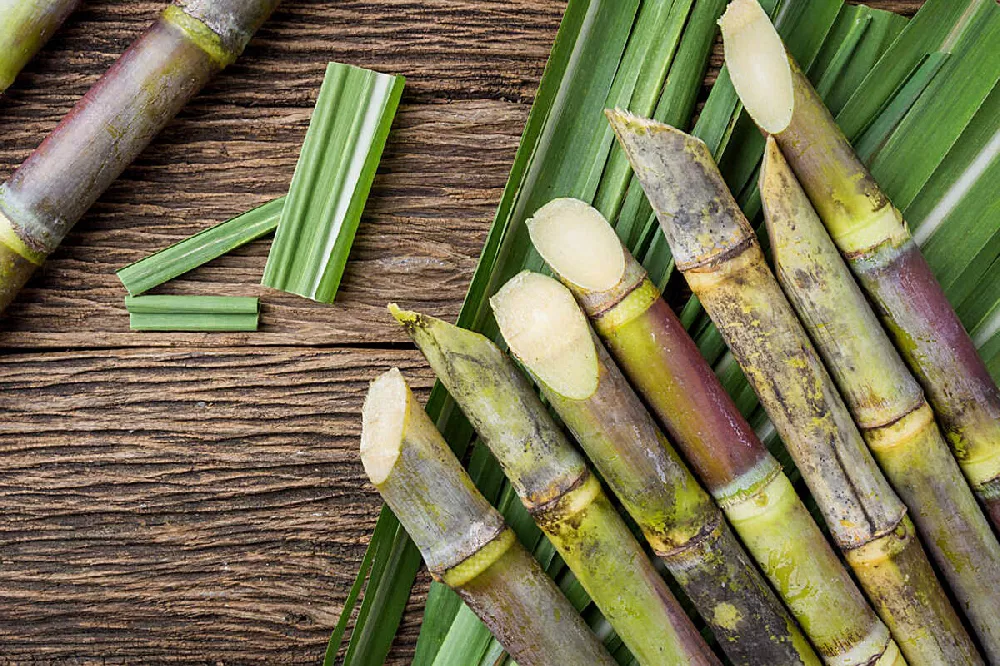An In-Depth Guide to the Environmental Effect and Sustainability Practices in Walking Cane Sugar Processing
The environmental influence of walking stick sugar handling provides an intricate array of obstacles that warrant mindful assessment. From dirt degradation and excessive water usage to the carbon impact associated with cultivation and manufacturing, the repercussions of traditional methods are far-reaching. What specific methods can be executed to strike a balance between productivity and ecological stewardship?
Overview of Cane Sugar Handling
Cane sugar processing entails a collection of organized steps that change sugarcane into refined sugar. Originally, collected sugarcane is carried to refining centers, where it undertakes cleaning to remove dirt and particles. Following this, the walking stick is crushed to extract juice, which is after that clarified by getting rid of pollutants via home heating and the addition of lime.
The cleared up juice undergoes evaporation, where water is gotten rid of to focus the sugar material. These crystals are divided from the staying syrup utilizing centrifugation, resulting in raw sugar.
The final item is after that dried and packaged for distribution. Throughout this entire process, preserving efficiency and top quality control is crucial to guarantee the sugar satisfies industry standards. Each action in walking stick sugar processing not just adds to the final item however additionally has effects for resource use and waste generation, setting the phase for discussions on sustainability and ecological effects connected with sugar manufacturing.
Ecological Difficulties of Manufacturing
The manufacturing of walking stick sugar offers a number of substantial environmental challenges that warrant focus. One primary worry is the considerable use of agrochemicals, consisting of plant foods and chemicals, which can bring about soil deterioration, biodiversity loss, and contamination of neighborhood water resources. The runoff from sugarcane fields usually carries these chemicals right into neighboring ecological communities, interfering with water life and impacting the health of communities reliant on these water bodies.
An additional obstacle is the high energy usage associated with sugarcane processing. The boiling and refining stages call for considerable warmth, primarily generated by melting fossil gas, contributing to greenhouse gas exhausts. Additionally, the extensive acreage required for sugarcane cultivation can cause deforestation and habitat devastation, further aggravating climate adjustment and harmful wild animals.
Furthermore, the labor methods in some areas elevate honest concerns, as employees may deal with poor working conditions and poor wages. This situation frequently continues a cycle of poverty in neighborhood communities. Cane Sugar Processing. Dealing with these ecological difficulties is important for creating much more sustainable methods in walking stick sugar production, eventually profiting both the setting and the communities associated with this sector
Water and Land Usage Influence
Water sources and land utilization are essential parts in the walking stick sugar sector that significantly influence the setting. The cultivation of sugarcane requires significant water input, with price quotes recommending that it can take in up to 2,000 litres of water per kg of sugar produced. This extensive usage of water often results in exhaustion of neighborhood water sources, impacting not only the sugarcane plantations yet also surrounding communities and neighborhoods that depend on the very same water sources for farming and residential usage.

Additionally, land usage for sugarcane growing can cause logging and the conversion of natural environments into monoculture haciendas. This method reduces biodiversity, interrupts regional communities, and adds to dirt degradation. The growth of sugarcane areas usually intrudes on important farming land, developing competitors for sources between food and biofuel manufacturing.
Lasting practices, such as enhancing watering strategies and applying crop turning, are necessary to mitigate these impacts. By adopting more reliable water use and land administration methods, the cane sugar industry can reduce its eco-friendly impact, guaranteeing an equilibrium in between farming performance and ecological preservation.
Greenhouse Gas Emissions
Greenhouse gas exhausts represent a considerable environmental worry within the walking cane sugar handling sector, especially as agricultural techniques increase to meet worldwide demand. The growing of sugarcane, a crop that flourishes in exotic environments, relies greatly on synthetic plant foods and chemicals, which contribute to nitrous oxide discharges. Furthermore, land-use modifications, including logging for brand-new sugarcane vineyards, release co2 kept in plants and soil.
During handling, energy intake is another major source of greenhouse gas emissions - Cane Sugar Processing. Several sugar mills make use of nonrenewable fuel sources to power equipment and produce warm, resulting in substantial carbon footprints. In sites addition, the transport of raw sugarcane and completed products includes layers of emissions with gas burning in automobiles
The cumulative impact of these exhausts aggravates environment modification, posing risks not just to the environment yet also to the lasting viability of the market. Stakeholders should identify the immediate need for comprehensive methods that deal with these exhausts. This involves assessing current agricultural techniques, processing approaches, and transport systems to recognize areas for enhancement and reduction. Dealing with greenhouse gas discharges is vital for promoting an extra lasting walking stick sugar sector in a changing climate.

Sustainable Practices and Innovations
Sustainable practices and technologies are significantly vital in the cane sugar handling industry as stakeholders look for to reduce environmental impacts while preserving productivity. One considerable advancement is the execution of incorporated crop administration, which optimizes resource use by combining soil administration, insect control, and plant turning techniques. This technique boosts return while decreasing chemical inputs and protecting soil wellness.
Moreover, the fostering of renewable resource sources, such as biomass from sugarcane deposits, has actually gained grip - Cane Sugar Processing. By converting waste products right into energy, processing centers can lower their reliance on nonrenewable fuel sources, thus reducing greenhouse gas discharges
Water administration techniques have actually also seen improvements through the recycling and reusing of water in handling plants, dramatically lowering freshwater intake. Technologies in innovation, such as precision agriculture, make it possible for farmers to keep track of plant wellness and resource use much more properly, making certain sustainable cultivation methods.
In addition, certification programs like Fair Trade and Rainforest Alliance encourage environmentally responsible farming techniques and promote social equity within the supply chain. By accepting these sustainable techniques and technologies, the walking cane sugar processing sector can enhance its resilience and add favorably to ecological stewardship.
Verdict
The environmental impact of walking stick sugar processing provides significant obstacles, consisting of dirt degradation, high water intake, and greenhouse gas discharges, alongside moral problems connected to i loved this labor techniques. Addressing these concerns through sustainable techniques, such as incorporated plant management, renewable power adoption, and water recycling, is crucial. By promoting socially equitable and eco responsible methods in sugar production, the market can reduce its damaging impacts, ensuring a much more lasting future for both communities and environments associated with this market.
Cane sugar handling entails a series of systematic actions that transform sugarcane into polished sugar. Each step in cane sugar processing not only contributes to the last item but additionally has ramifications for about his resource usage and waste generation, setting the phase for conversations on sustainability and ecological impacts linked with sugar production.
Greenhouse gas discharges stand for a substantial environmental problem within the walking cane sugar processing industry, especially as agricultural methods expand to satisfy international need.Sustainable practices and technologies are significantly vital in the walking cane sugar handling market as stakeholders seek to reduce ecological influences while preserving productivity.The ecological effect of walking stick sugar processing offers substantial difficulties, consisting of soil degradation, high water consumption, and greenhouse gas exhausts, along with honest worries related to labor techniques.